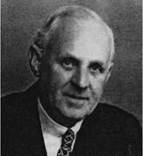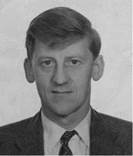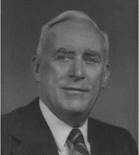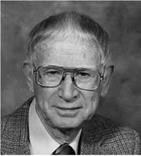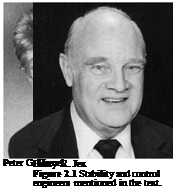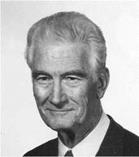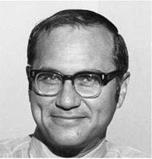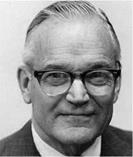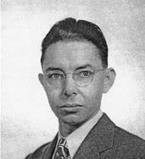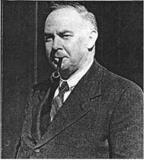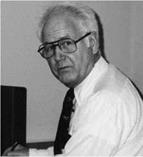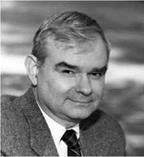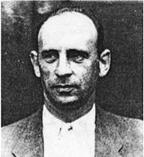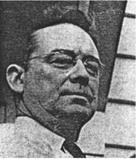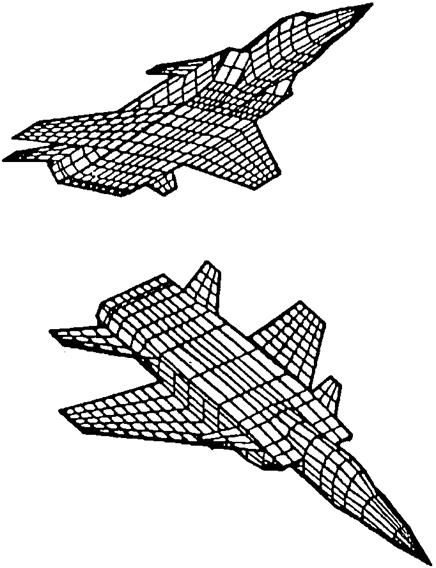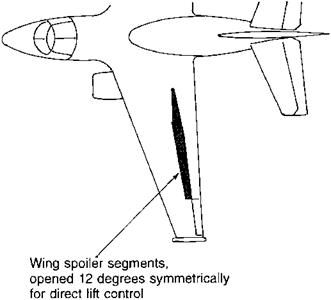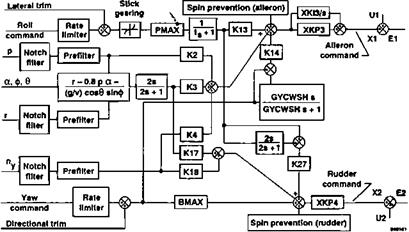Steady-state solutions to the equations of airplane motion are defined as motions with zero values ofbody axis linear and angular accelerations. Steady straight flight includes climbing, level flight, and diving and allows the airplane to have a nonzero sideslip angle. Steady turning flight allowsconstant valuesof the three body axisangular velocities, yawing, pitching, and rolling.
SUBROUTINE INTG2
C MODIFIED SECOND-ORDER RUNGE-KUTTA INTEGRATION DIMENSION Q(40),DQ(40)
C STORE STARTING VALUES DO 1 I = 1 ,N Q(D=X(I)
DO(l) = F(l)
C ESTIMATE STATES AT MIDPOINT X(I) = X(I) + (DT/2.)*F(I)
1 CONTINUE
C CALCULATE STATE DERIVATIVES AT MIDPOINT CALL DERV1
C UPDATE STATES, START TO ENDPT, WITH MIDPT DERIV’S DO 2 1 = 1,N X(I) = Q(I) + DT*F(I)
C PREDICTOR FOR STATES AT MIDPOINT F(I) = 1.5*F(I)-.5*DQ(I)
2 CONTINUE
C UPDATE THE TIME T = T + DT RETURN END
Figure 18.13 A modified second-order Runge-Kutta integration subroutine developed to run quickly, for use in real-time digital flight simulation. This FORTRAN subroutine was developed by A. F. Myers for NASA’s SIM2 simulation. Xis the state derivative vector. COMMON input-output statements have been removed for generality. (From ACA Systems, Inc. FLIGHT simulation)
Steady flight conditions are used as reference values for the perturbations of linearized analysis (Sec. 18.2). Applications are to root locus, frequency response, covariance propagation, and optimization. Steady flight conditions also establish initial state variables for nonlinear transient analysis, such as landing approaches, gust response, and pilot-initiated maneuvers. Finally, basic stability conditions can be deduced from the control surface angles required for steady flight. For example, spiral instability is implied when opposite aileron angle is required in a steady turn, such as left aileron to hold trim in a steady right turn.
Steady flight solutions are usually obtained for the nonlinear equations of motion by driving to zero selected body axis linear and angular accelerations. Stevens and Lewis (1992) apply a minimization algorithm called the simplex method for trim in steady, straight, symmetric (unsideslipped) flight. A cost function is formed from the sums of squares of the forward, vertical, and pitching accelerations. A multivariable optimization adjusts thrust, elevator angle, and angle of attack to minimize the cost function.
A closed-loop trimming method (Abzug, 1998) is an alternative to the simplex method. The nonlinear state equations are solved in sequence, together with control equations that adjust thrust, angles of attack and sideslip, and control surface angles to minimize accelerations. In the control equations, thrust is adjusted in small steps to minimize longitudinal acceleration, angle of attack is adjusted in small steps to minimize vertical acceleration, elevator angle is adjusted in small steps to minimize pitching acceleration, and so on.












